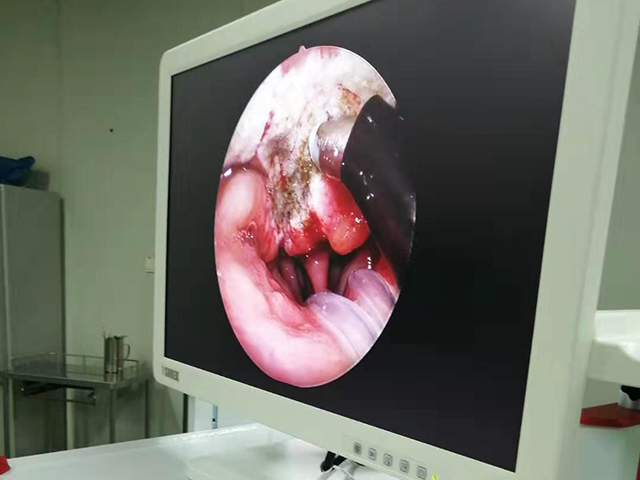
Examinations for the ear, nose, and throat are important for maintaining good health and identifying any potential issues early on. Here are 10 types of examinations that can determine whether the ear, nose, and throat are healthy:
Otoscopy: This is an examination of the ear using an otoscope, which is a handheld instrument with a light and magnifying lens. It is used to examine the ear canal and eardrum for signs of infection, blockages, or other abnormalities.
Audiometry: This is a hearing test that measures a person's ability to hear sounds of different frequencies and volumes. It can help identify hearing loss and other hearing-related issues.
Tympanometry: This is a test that measures the movement of the eardrum in response to changes in air pressure. It can help identify issues with the middle ear, such as fluid buildup or eardrum perforations.
Rhinoscopy: This is an examination of the nasal cavity using a rhinoscope, which is a small instrument with a light and camera. It is used to examine the nasal passages for signs of inflammation, infection, or other issues.
Endoscopy: This is a procedure that uses an endoscope, which is a flexible tube with a light and camera, to examine the inside of the throat and vocal cords. It can help identify issues such as vocal cord nodules, polyps, or tumors.
Laryngoscopy: This is an examination of the larynx, or voice box, using a laryngoscope, which is a thin, flexible tube with a light and camera. It can help identify issues such as vocal cord paralysis, tumors, or inflammation.
Fiberoptic nasopharyngoscopy: This is an examination of the nasal cavity, pharynx, and larynx using a flexible fiberoptic endoscope. It can help identify issues such as tumors, infections, or blockages.
Swallowing test: This is a test that evaluates a person's ability to swallow safely and effectively. It can help identify issues such as dysphagia, or difficulty swallowing.
Allergy testing: This is a test that evaluates a person's sensitivity to specific allergens, such as pollen or pet dander. It can help identify allergies that may be contributing to ear, nose, and throat issues.
CT or MRI scan: These imaging tests can help identify structural issues in the ear, nose, and throat, such as tumors, polyps, or bone abnormalities.
Overall, these examinations are important for identifying and addressing any issues with the ear, nose, and throat. It is recommended to have regular check-ups with an ear, nose, and throat specialist to ensure good health and prevent any potential complications.




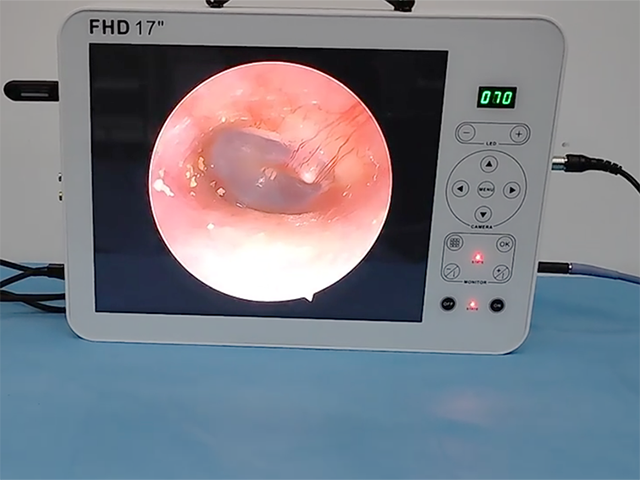
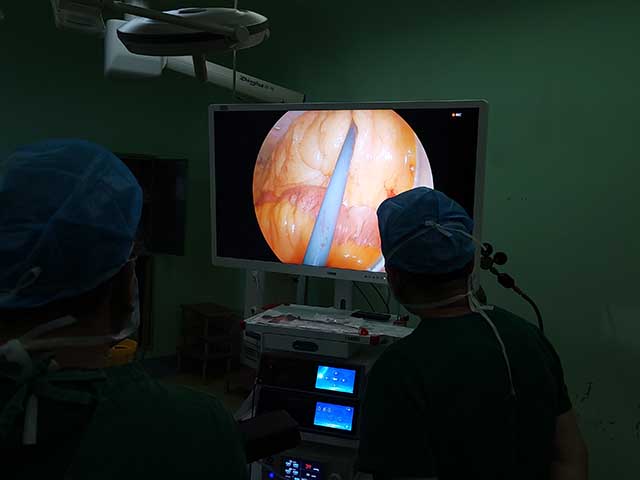
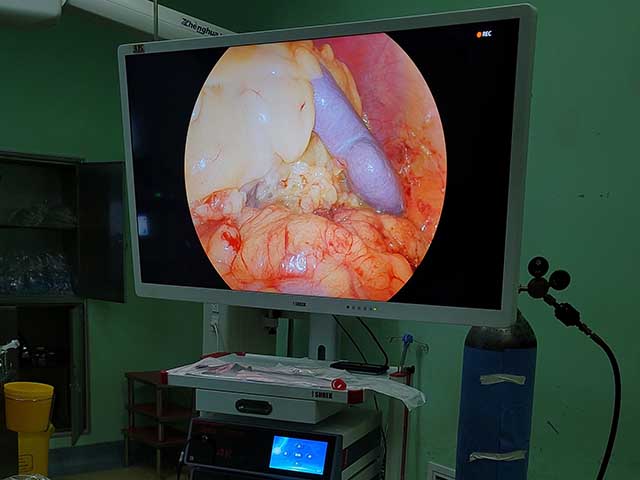

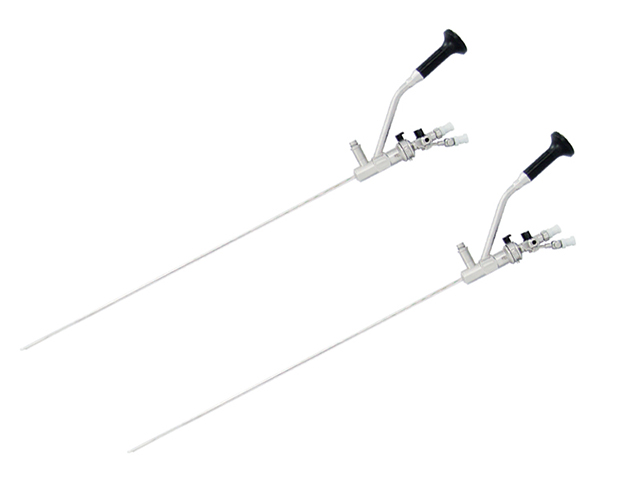
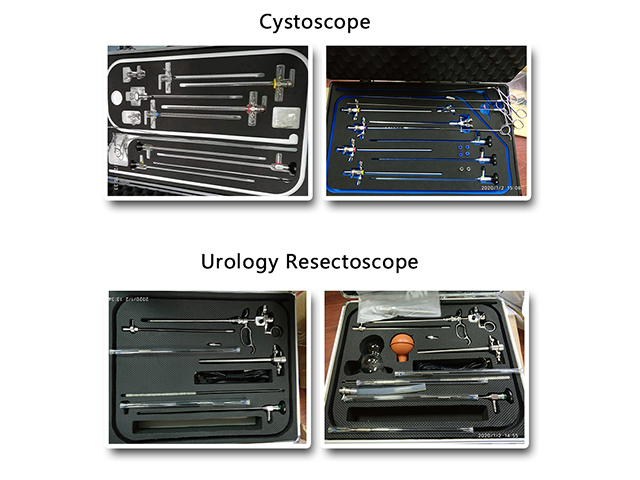
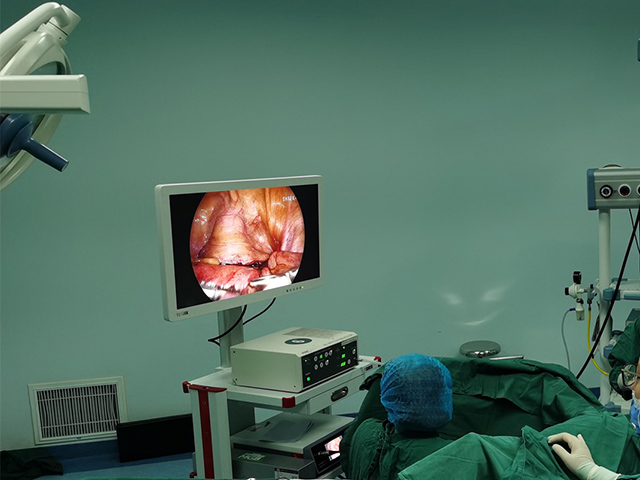
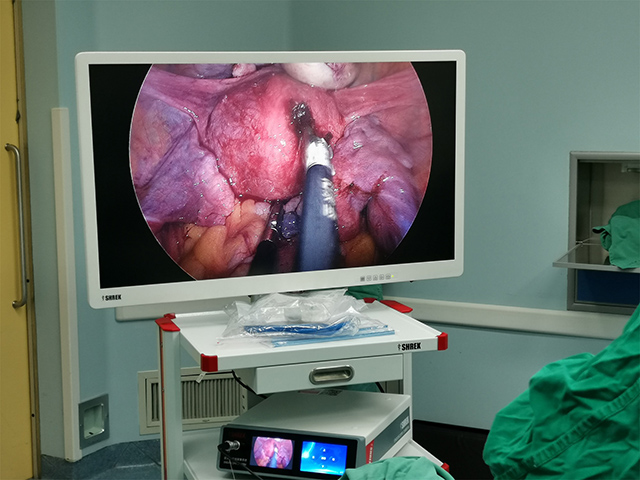
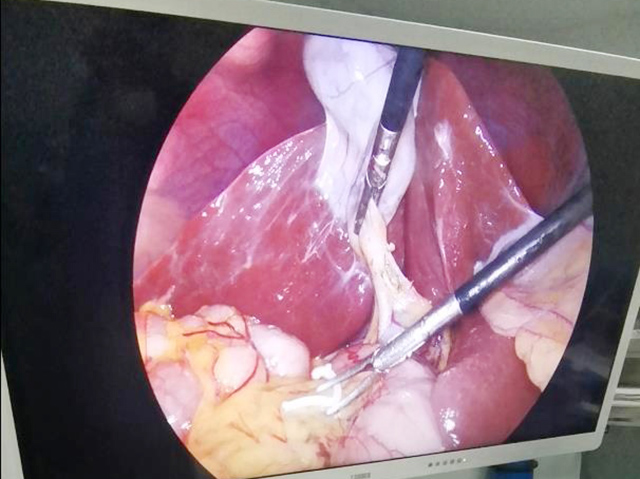


Leave A Inquiry